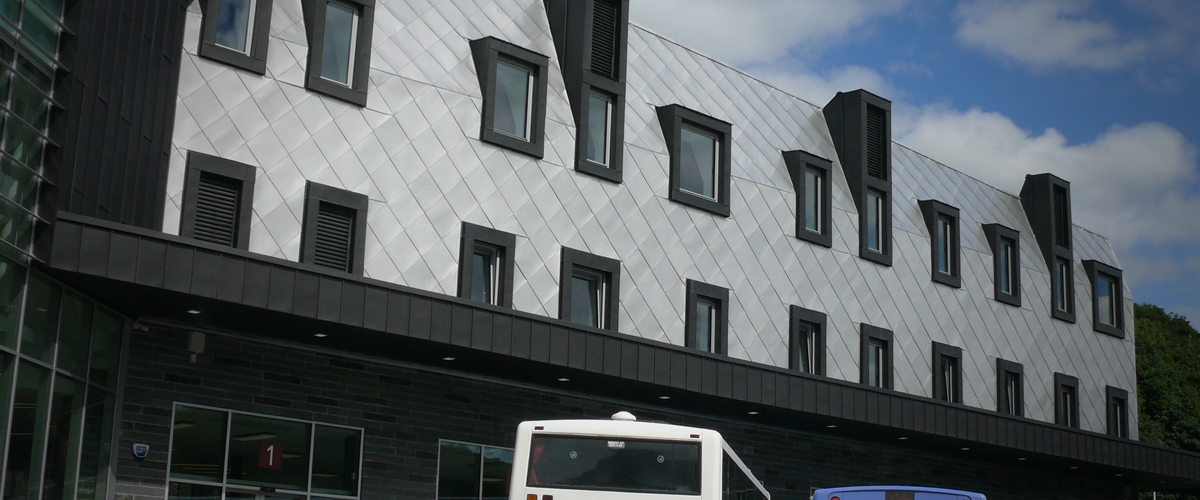Fire resistance and testing of stainless steels
The inherent oxidation resistance and elevated temperature strength of stainless steels is useful in buildings where fire resistance is important. The most useful are austenitic grades, though the short-term nature of fire means that embrittlement should not be an issue with ferritic and duplex alternatives.
Stainless steels do not have an intrinsic ‘fire rating’. Tests to assess fire resistance are done on specific fabrications under precise conditions. This is covered by BS476 parts 20, 21 (load-bearing elements) and 22 (non-load-bearing elements).
Fire testing
BS 476 covers fire testing on building materials and structures. Many parts of this standard, however, are not directly relevant to stainless steels.
Stainless steels are not ignitable and will also not assist in the propagation of fires by spread of flame. Their surface is normally inert and stable in oxidizing conditions, such as those found in most flames and heat sources. However to satisfy the requirements of BS476 and similar fire testing standards, tests need to be done on specific fabricated components.
Heat resisting properties of stainless steels
Most stainless steel grades considered for building applications i.e. 304 and 316 have useful, long-term oxidation resistance at temperatures over 800°C and do not begin to melt until temperatures over 1375°C are reached. It is unlikely that uniform, sustained high temperatures like these would be reached in short term ‘transient’ fire conditions.
The short term mechanical (tensile) strength, elastic modulus and physical properties of thermal expansion and conductivity are of interest in assessing stainless steels for fire resistance. 304 and 316 austenitic types loose strength to about 55% of their ambient temperature levels at 700°C, the 0.2% proof strengths being around 225 to 308 Mpa (N/mm2) at ambient to 95 to 131 Mpa (N/mm2) at 700°C. The modulus, typically around 200KN/mm2 at ambient temperatures, falls to around 144 KN/mm2at 700 °C for type 304. This is significantly different from carbon steels, where the modulus at 800 °C can be as low as only 9% of the ambient value.
The higher thermal expansion rates for the austenitic stainless steels means that physical distortion can be a problem in transient fire conditions where thermal gradients are likely to be large. Thermal conductivity of austenitics is lower than ferritics and although this may be useful in containing heat flow through a structure, it may contribute to thermal distortion.
“Stainless Steel – for design, structure and protection against the elements.”
Contact
We’re always interested in new projects, big or small. Please don’t hesitate to get in touch with us regarding your project.
You can contact a friendly member of our technical sales team on… 01992 801927 or simply send us an e-mail.



